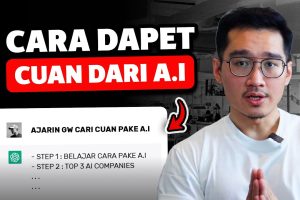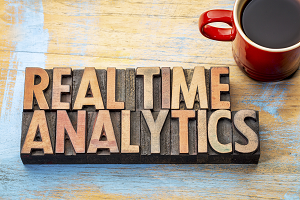We can easily imagine many ways that Generative AI (GenAI) will transform patent portfolio management as long as it is secure and trustworthy. As with most enterprise scenarios, GenAI for patent portfolio management use cases must be trained to increase accuracy and confidence using the right mix of AI techniques, appropriate data corpus, and domain experts. The purpose of using the right mix is to create an enterprise- and domain-specific LLM that is trained to understand the intricacies of patent law, intellectual property and the topic areas specific to your enterprise.
With the right training, here are six use cases that are being used for patent portfolio management.
Patent Infringement Monitoring and Licensing
Currently, LLMs in combination with traditional AI techniques are being used to scan for patent infringements and licensing opportunities. Combining multiple AI techniques optimizes semantic analysis to detect conceptual and specific phrase and sentence similarities between patent claims and the available data. Patent claims in an enterprise’s patent portfolio are compared against millions of articles and documents from public sources, such as product descriptions, technical specifications, scientific literature and news articles to identify potential patent infringements and licensing opportunities.
Personalized Patent Summarization with GenAI
GenAI can summarize patent claims, tailoring summaries for different stakeholders, such as researchers, regulatory affairs, attorneys, marketers and executives, each with their specific information requirements.
For some use cases, such as preliminary discovery research or broad novelty searches, GenAI can operate effectively with minimal additional training. For use cases requiring high specificity and accuracy, such as preparing for potential litigation or regulatory filings, it’s crucial to train and validate AI models thoroughly.
Patent Drafting and Editing
GenAI can assist in drafting initial patent applications, including background sections, detailed descriptions and preliminary claim sets. Here are a few examples where Gen AI can help with drafting and editing:
- Maintain consistency in terminology and formatting
- Suggest alternative phrases to broaden claim scope or avoid references to known prior art
- Cross-reference claims with the specification to ensure adequate support and consistent use of terminology
Essentially, a well-trained GenAI application acts as an intelligent editing assistant, suggesting improvements in claim language, identifying clarity issues, and ensuring adherence to company guidelines. While training ChatGPT or Claude by uploading a few press releases and social media posts may work for marketing, IP and patent professionals require a lot more training for LLMs.
Patent Analytics and Reporting
Of course, the ideal scenario is to ask a GenAI application to simply analyze and create a competitive report or patent landscape. However, we are far from automating this capability to generate anything meaningful. Right now, GenAI can automate much of the “translation” work for patent analytics and patent landscapes and complete standardized templates. GenAI applications can create and write summaries from tables, charts, and other visualizations. This allows patent and IT professionals to focus on deriving insights and actions rather than converting visuals to text and vice versa.
FTO Searches and Novelty Searches
Many AI- powered patent search tools are using GenAI. It is likely that they are still trying to integrate the full potential of GenAI with their existing tool because they have spent years developing their technology using traditional AI techniques. Some of the chatbots from these tools have just been released and have a lot of potential. However, well-trained GenAI should be used carefully, accessing specific data corpora to perform Freedom to Operate (FTO) and novelty searches effectively.
Conclusion
Well-trained GenAI seems to be working in several areas. Here are just a few examples: to identify patent claims across multiple jurisdictions to identify potential barriers to product commercialization; offering ideas for design work arounds as an outcome of the FTO or novelty search; and identify and consolidate similar prior art for IP and patent professional to investigate further.
All of these use cases and the new ones emerging will become more common in our work lifetime. This means that improvements are occurring exponentially. What doesn’t work one week may work the next. It’s important to evaluate the right solution that can adjust and help you grow. Do you build or buy? Do you use a new solution or one that started prior to 2022 before ChatGPT was launched? It depends on the use case you’re targeting.











